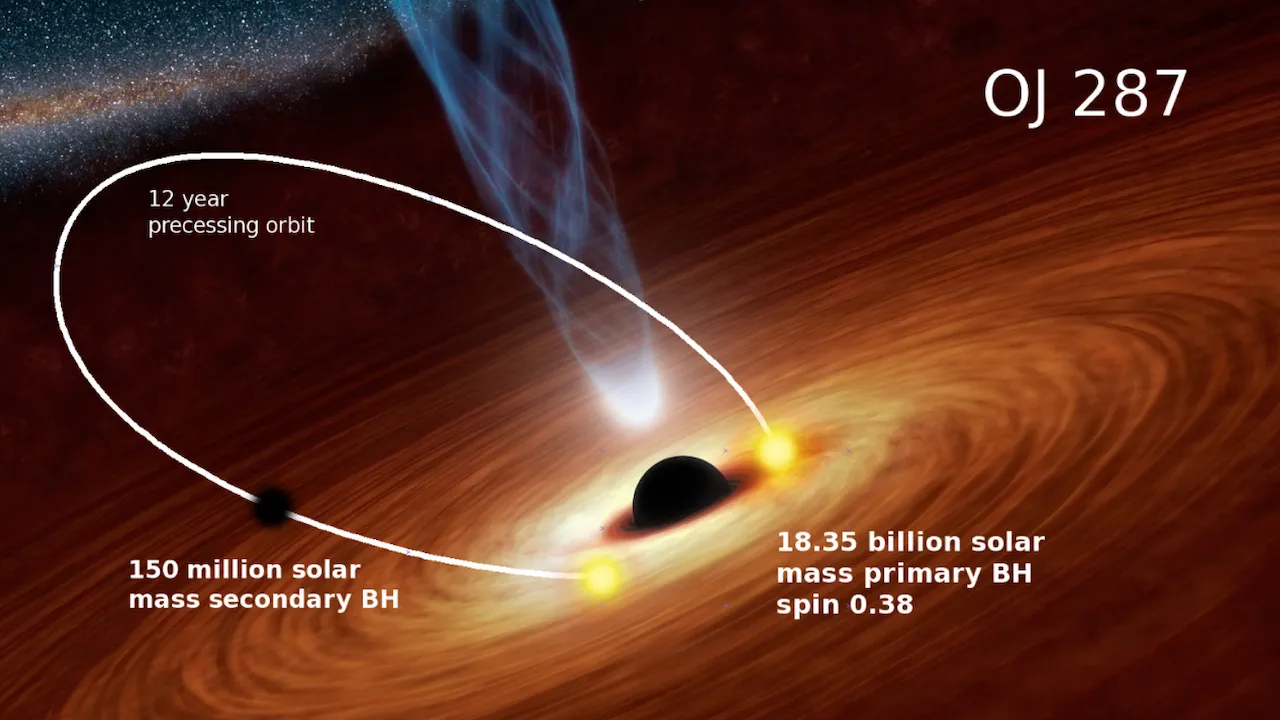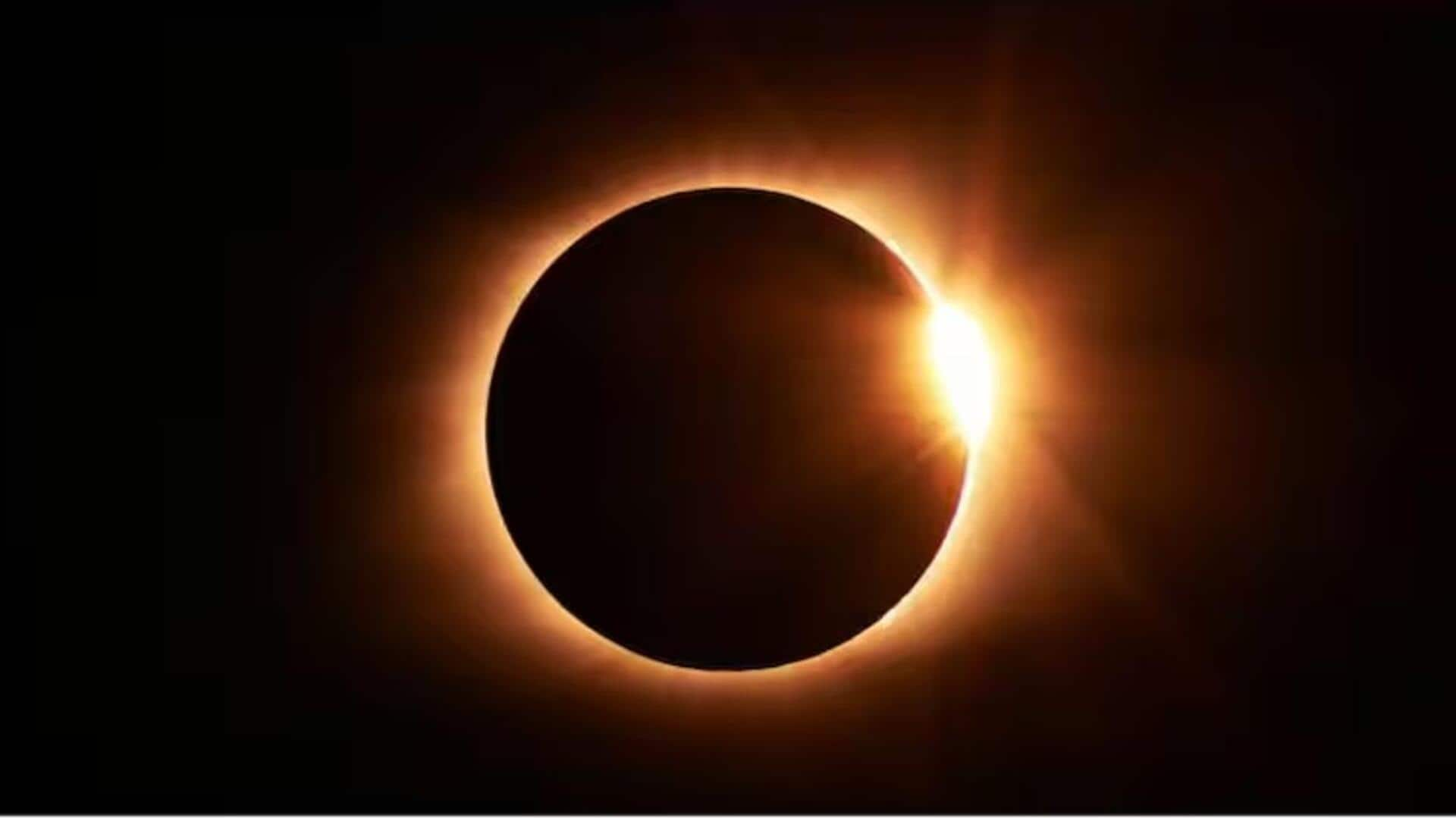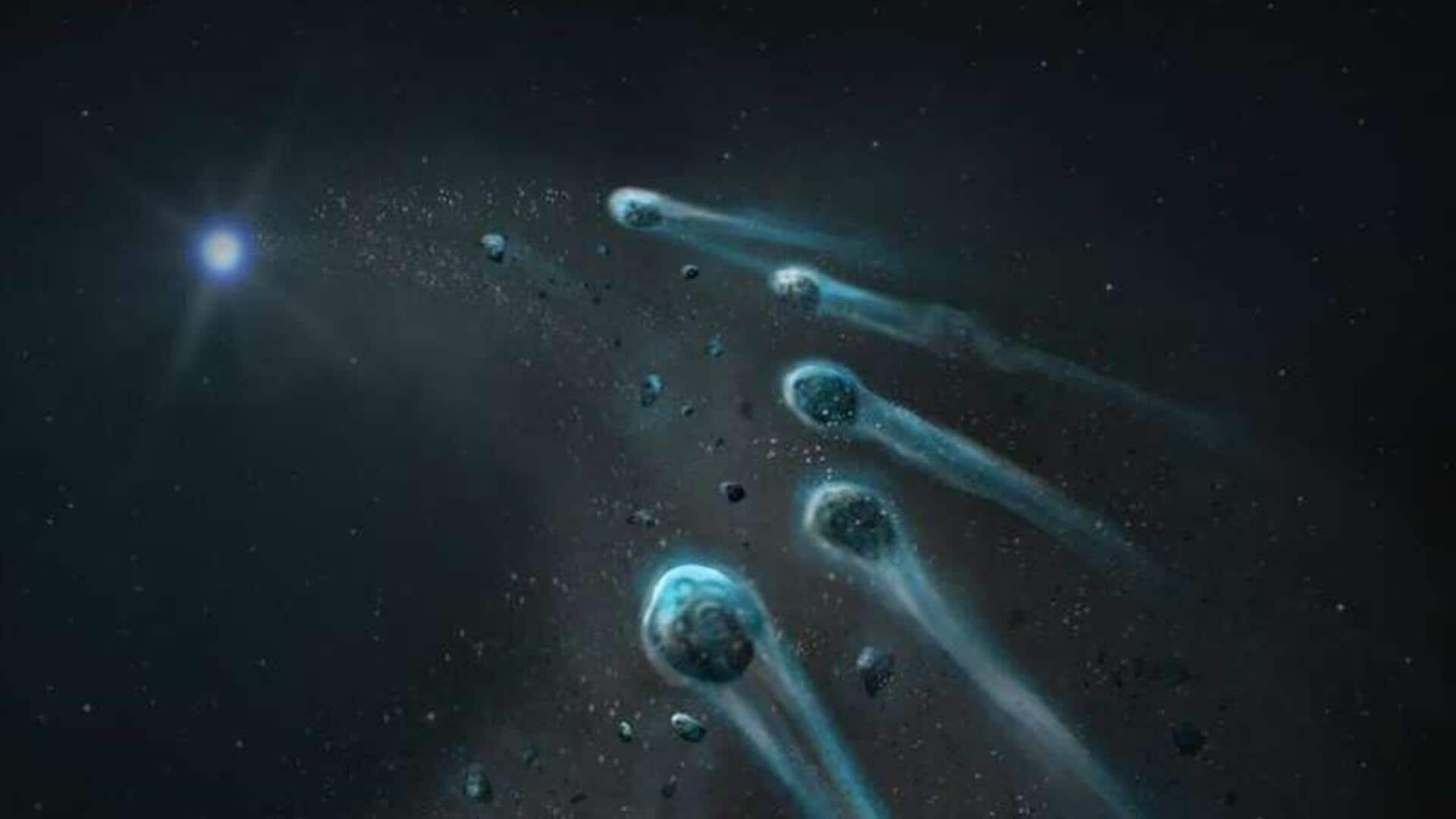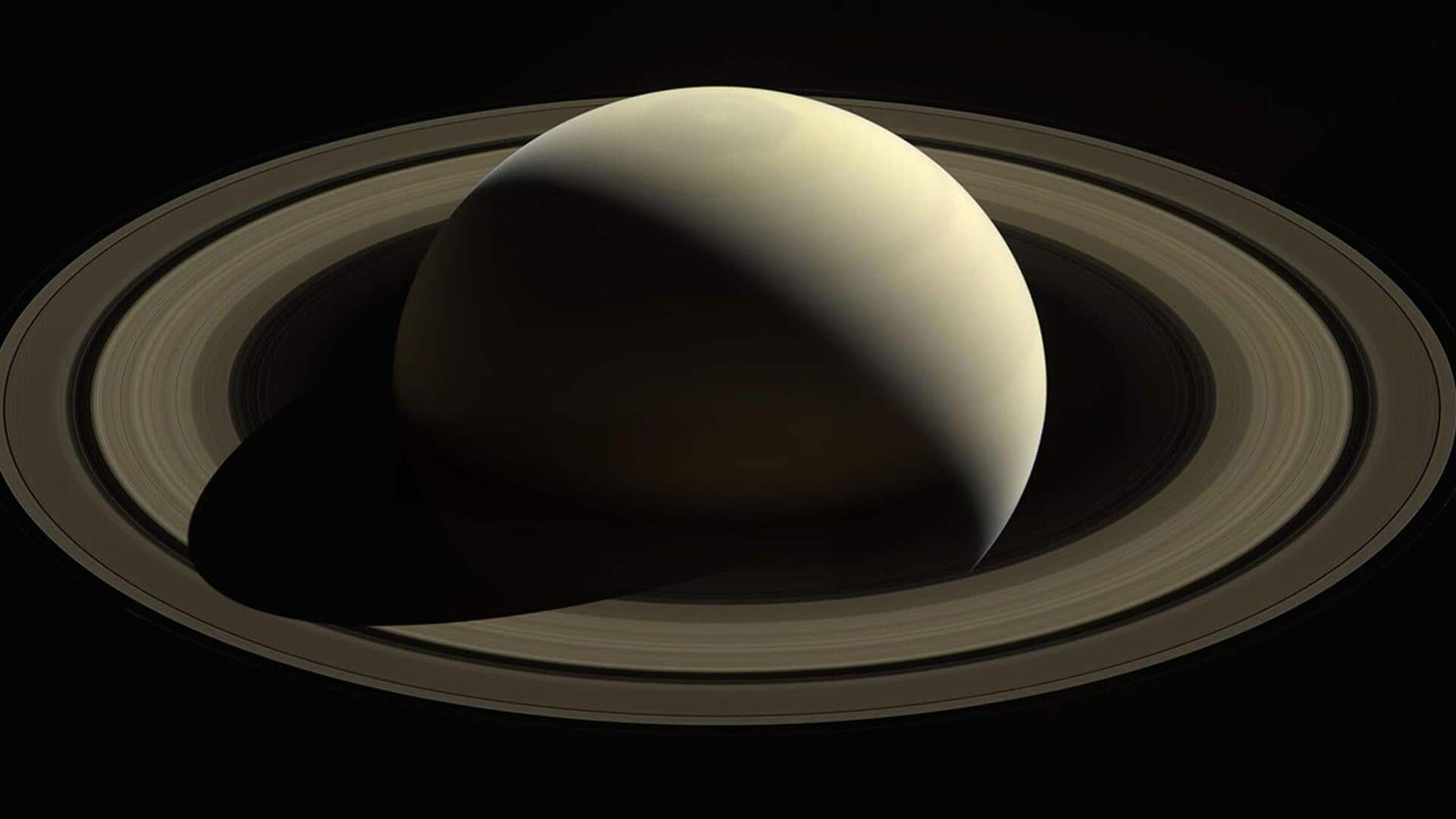Astronomers with the Event Horizon Telescope (EHT) made history in 2019 by producing the first image of a black hole. The object in question was the supermassive black hole (SMBH) at the center of M87, a supergiant elliptical galaxy about 53.5 million light-years away in the constellation Virgo. This milestone was followed in 2022 by the first-ever image of Sagittarius A*, the SMBH at the heart of the Milky Way galaxy.
Now, in another groundbreaking achievement, astronomers have observed a pair of black holes orbiting each other in quasar OJ287. This Active Galactic Nucleus (AGN) is located 4 billion light-years away in the constellation Cancer. The research was led by Mauri J. Valtonen, an astronomer and professor from the Tuorla Observatory and the University of Turku, Finland. He was joined by an international team of researchers from institutions including the Aryabhatta Research Institute of Observational Sciences (ARIES), the Tata Institute of Fundamental Research, the CAS’ Key Laboratory of Radio Astronomy and Technology, the Astronomical Institute at Osaka Kyoiku University, the Astronomical Institute of the Czech Academy of Sciences (ASU CAS), the Nordic Optical Telescope, the Hiroshima Astrophysical Science Center (HASC), and several universities and observatories worldwide.
### What Are AGNs and Quasars?
AGNs, or quasars (short for “quasi-stellar objects”), are the luminous core regions of galaxies that contain SMBHs at their centers. These SMBHs pull in surrounding material, which forms accretion disks accelerated to speeds close to that of light. This process releases enormous amounts of radiation across the electromagnetic spectrum, from optical and radio waves to X-rays and gamma-rays. The brightness of the core often outshines all the stars in the host galaxy combined.
In many cases, SMBHs also produce jets of material that extend from their poles, sometimes reaching thousands to millions of light-years into space.
### The History and Discovery of OJ287
OJ287 was first identified in the 19th century when astronomers noticed it incidentally in images of other celestial objects within the same region of the night sky. In 1982, Finnish astronomer Aimo Sillanpää—then a master’s student at the University of Turku—proposed that two co-orbiting black holes were at the center of this quasar. He based this theory on the regular variations in OJ287’s brightness, which occurred over a 12-year cycle.
Since then, astronomers worldwide have been monitoring OJ287, hoping to better understand the orbital dynamics of binary black hole systems.
### Shedding Light on the Binary Black Hole System
As Valtonen explained in a University of Turku press release:
> “Quasar OJ287 is so bright that it can be detected even by amateur astronomers with private telescopes. What is special about OJ287 is that it has been thought to harbour not one but two black holes circling each other in a twelve-year orbit, which produces an easily recognizable pattern of light variations in the same period.”
Based on their observations, the team estimates that the OJ287 system consists of a primary black hole weighing 18 billion solar masses, orbited by a secondary black hole with 150 million solar masses. The primary SMBH is surrounded by a bright accretion disk, which the secondary black hole passes through twice every 12 years.
Several weeks before the secondary black hole impacts the disk, it emits bright bursts of radiation.
### Capturing the Light from Two Black Holes
In 2021, Doctoral Researcher Lankeswar Dey, then working part-time at the University of Turku, led the team that detected light from both black holes for the first time. However, NASA’s Transiting Exoplanet Survey Satellite (TESS), which recorded optical images of the binary pair, lacked the resolution to distinguish the black holes individually.
To resolve the two black holes separately, astronomers relied on high-resolution images provided by an international Very Long Baseline Interferometer (VLBI) project led by the Astro Space Center of Lebedev Physical Institute in Moscow. This project includes the RadioAstron satellite, whose radio antenna extends halfway to the Moon, significantly enhancing imaging resolution.
Valtonen explained:
> “The image of the two black holes was captured with a radio telescope system that included the RadioAstron satellite. It was in operation a decade ago, when OJ287 was imaged. The satellite’s radio antenna went half-way to the Moon, which greatly improved the resolution of the image. In recent years, we have only been able to use Earth-based telescopes, where the image resolution is not as good.”
### Confirming 40 Years of Theoretical Predictions
When the team compared their radio images with earlier theoretical calculations, they found that the two black holes were precisely where predicted. This discovery effectively confirmed the existence of co-orbiting black holes within quasars, resolving a 40-year-old mystery that began with the initial work by Sillanpää and colleagues.
“For the first time, we managed to get an image of two black holes circling each other. In the image, the black holes are identified by the intense particle jets they emit,” Valtonen said. “The black holes themselves are perfectly black, but they can be detected by these particle jets or by the glowing gas surrounding the hole.”
### A New Type of Jet Revealed
In addition to confirming the binary system, the team identified a new kind of jet emitted from the secondary black hole. This jet has a twisted, serpentine shape caused by the rapid orbital motion of the secondary black hole around the primary. The jet’s direction diverts depending on the black hole’s speed and orbital position.
According to the researchers, future observations will track this twisting jet as it changes direction with the secondary black hole’s motion, providing deeper insights into the dynamics of binary SMBHs.
—
This remarkable discovery of two black holes orbiting each other in quasar OJ287 not only adds a new chapter to our understanding of galaxy evolution and black hole interactions but also demonstrates the power of global collaboration and advanced technology in unveiling the mysteries of the cosmos.
https://www.universetoday.com/articles/two-black-holes-observed-circling-each-other-for-the-first-time



